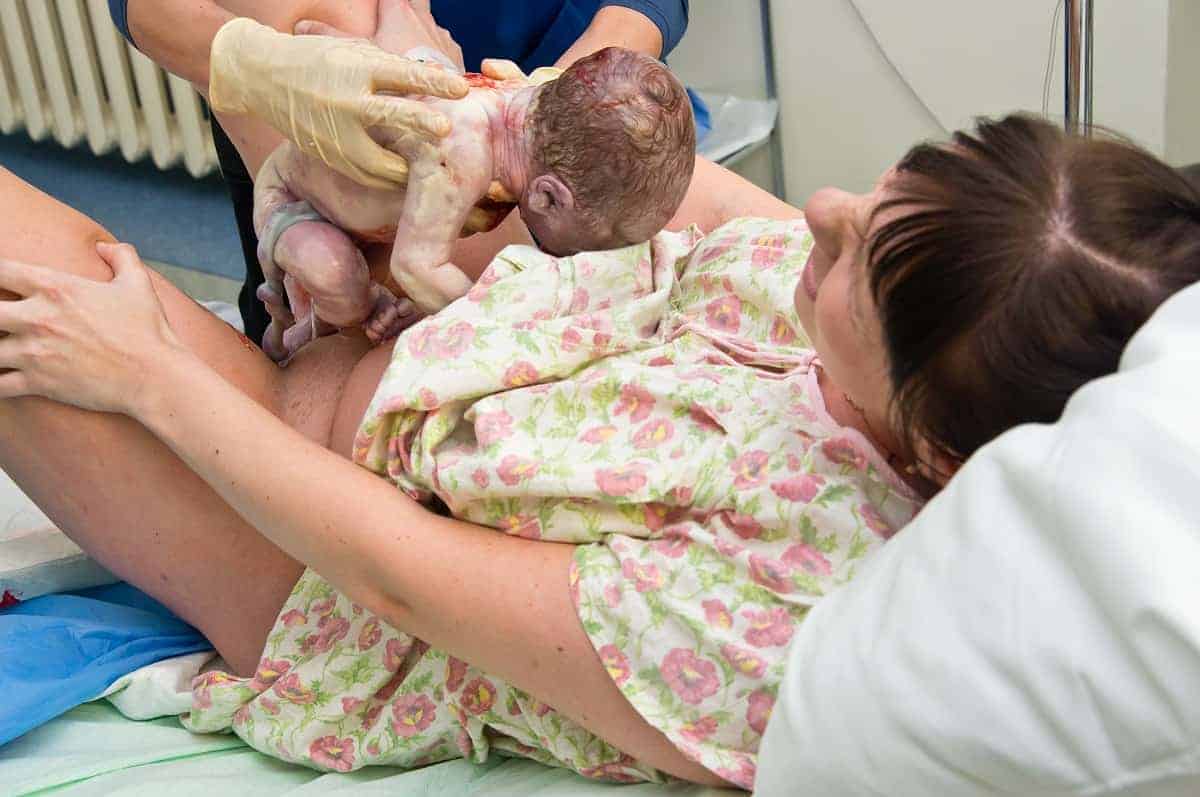During pregnancy, your body undergoes a lot of changes: your vagina, hair, skin, abdomen, and breasts all feel and look different during and after pregnancy and birth.
It isn’t always easy growing an entire human being, so your body will change.
While some changes are clearly visible like that dark line that can appear on your stomach (kudos, pregnancy hormones!) others may not be so visible; however, a lot of women wonder what will happen to their vagina during pregnancy, and if delivering a baby will stretch it out permanently.
Vagina Concerns After Pregnancy
Your vagina is a stricture located inside your body. Anything visible on the outside, including your clitoris, mons nobis (the part where pubic hair grows), and your labia (the folds or “lips”) are not part of the vagina but the vulva.
The vagina is where menstrual blood flows through and where babies come put during delivery.
Will Your Vagina Be Stretched Out Post-pregnancy?
During birth, your vagina stretches, allowing the baby to pass through the birth canal. One study discovered that the pelvic floor muscles involved during delivery could stretch more than three times their actual amount.
However, the vagina was designed to expand and accommodate a baby, and after putting to bed, the tissue will usually contract back to the state it was before pregnancy.
Due to the stretching out of the pelvic floor muscles around the vagina after having a baby, it may get looser. This change can be more noticeable due to several factors like complications during delivery, your baby size, and how many babies you have already delivered.
After delivery, you can strengthen your pelvic floor muscles by practicing pelvic floor exercises like Kegels. Make sure to speak with your doctor to determine when you’re healed enough to begin these exercises.
Changes in Appearance
Most noticeable changes in the appearance of your vaginal opening and vulva that can occur post-pregnancy are only temporary.
Giving birth may cause discoloration or swelling from pregnancy or during delivery. The discoloration and swelling can occur whether you have a vaginal birth or a C-section because of pregnancy hormones.
This depends on how much labor you have been through. The process of labor itself can cause swelling.
Tears or Episiotomy Healing
Stretching, rips, and tears can occur around the vagina opening. With little time, these injuries will heal. Though sometimes (but less common than they used to be), episiotomies are necessary to create more room for the baby.
An episiotomy is when a midwife or doctor makes a little incision in the perineum (the skin that connects the vaginal opening to the anus) to help make room for the baby to pass through.
An episiotomy usually heals in three to six weeks and can leave a scar in some cases. The amount of scar tissue after healing depends on how much of the perineum was involved and other injuries to the tissue.
The scar tissue is not usually noticeable and does not affect the appearance or functioning of your vagina.
Forceps Injury
Injuries to the vaginal tissue can occur when forceps are used as a medical intervention during childbirth.
Though most doctors no longer use them, if your baby needs forceps to come out and you are still feeling pains in your vagina at your first postpartum checkup, do not hesitate to talk to your doctor about it.
Change in Function
Normally, your vagina will not change in service due to pregnancy or delivery. However, sometimes, the pelvic floor muscles controlling the vagina are affected.
These muscles surround and provide support to the vagina and bladder so they can be weakened or injured from the strain of pregnancy or during birth. In some cases, damage to the pelvic floor muscles can cause complications such as uterine prolapse or bladder dysfunction.
Urinary Incontinence
One of the most common issues faced by women after childbirth, for example, is urinary incontinence.
Some women notice that they leak urine, especially with strenuous activity such as sneezing or jumping.
This is common but not normal, and it’s treatable. Ask your doctor for suggestions on strengthening your pelvic floor muscles to prevent incontinence.
Sexual Function
A 2008 study found that after childbirth, 93.1% of women reported some sexual problems. The reasons for this fell anywhere between sleep disruptions from the baby and how the woman felt about her vagina.
The nerves controlling the pelvis can also be changed or damaged during pregnancy and delivery.
The pelvic floor muscles that worked so hard on delivery also play a role in orgasm and overall sexual function.
Some women do suffer sexual dissatisfaction or feel like their vagina isn’t ” working” the same way it used to due to weakened pelvic floor muscles.
Painful sex can also occur due to dryness caused by pregnancy and breastfeeding; thankfully, this dryness is temporary and can be treated with lubricants.
In general, if sex becomes very painful after having your baby, see your healthcare provider to rule out any infections or complications.
Treatment for Postnatal Changes
Thankfully, there are some exercises aimed at strengthening weakened pelvic floor muscles. Kegels – simple continuous tightening or squeezing of the pelvic floor muscles – offer some benefits.
Other exercises that focus on your core muscles are safe during pregnancy and can help occupy the entire pelvic floor to keep it strong.
However, you’re not advised to start any new strenuous exercises, but if you exercised before you got pregnant, you should keep it up because it has many benefits.
Pelvic Floor Therapy
Research carried out in 2003 found that engaging in pelvic floor exercises after delivery is very helpful in strengthening your pelvic floor and decreasing the risk of urinary incontinence after childbirth.
Trained healthcare practitioners run the most beneficial programs and include a vaginal resistance device.
Doing these exercises on your own may be difficult. You should talk to your doctor if you struggle with weakened pelvic floor muscles.
Many insurance companies and doctors are recognizing the benefits of supporting women during and after pregnancy to prevent any future health issues.
Reparative Surgery
Surgery may be needed in severe cases to repair the pelvic floor and support any organ that may have dropped, such as the bladder or uterus.
Bottom Line
In summary, the vagina is a structure capable of housing a baby and will not change significantly in appearance or structure after pregnancy.
However, in some cases, due to weakening or damage to the pelvic floor muscles, a woman might experience some changes after delivery, such as bladder dysfunction, urinary incontinence, or pain during sex.
You should speak to your doctor about treatment options if you experience these changes.









